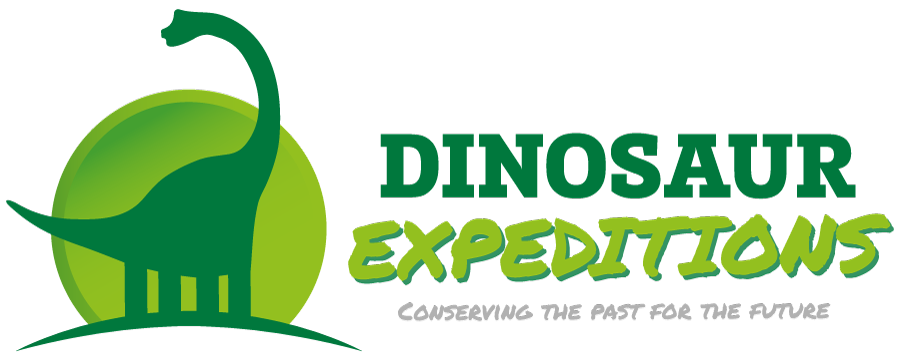In 2010 Kai Bailey, a local Fossil Hunter, discovered a rare and unusual Polacanthus Spine at the base of the cliff.
He loaned the Spine along with some other fossils when we opened the Dinosaur Expeditions Centre in 2013. At the end of the tourism season we acquired these fossils to become a permanent part of our collection.

With only a fortnight to go until the 2013 ‘Blast from the Past’ weekend at Dinosaur Isle I had my work cut out to get the Spine prepared in time for the event. Encased in a tough sideritic concretion I spent everyday with our Paleotools ME9100 air chisel, chipping away to expose the fossil underneath.

I finished the preparation of the spine just in time for 'Blast from the Past’.

The spine is comparable to a spine discovered at Barnes High which formed the basis of a paper by Justin Delair in 1980. The spine has a keel which securely imbeds it into the body of the animal. It also has a large depression on the posterior (back) edge which suggests the position of the spine would have been an area with lateral (sideways) movement allowing the spines to touch without damaging them.

Originally the idea was to make a silicon rubber mould and cast the spine in urethane resin, however I would still have to sculpt the other spines for the Polacanthus model. Also the missing tip would need to be sculpted, so the decision was made to sculpt all the spines for the model.

I worked out length of the spine (including the missing tip) and measured maximum width. I scaled the spine to just over half scale and drew the template on paper.

Next I cut the template out and marked the outline on the blue extruded polystyrene foam.

After I cut the shape out of the foam I started to carve the spine.

The newly sculpted spine doesn’t have a keel on the bottom because it will not be visible on the model. In addition the vertical ridges which in life would 'key’ the keratin to the spine are not shown because they would be covered-up.

With the first spine finished I started the opposite spine of the pair.

Note the prominent curve in this view of the front of the spines. This curve increased the structural integrity of the spine allowing it to withstand greater forces than if it was straight. Thereby reducing the risk of the spine snapping in half whilst being used as a weapon.


With the first pair of Caudal (Tail) spines complete, I will sculpt a pair of Polacanthus spines based on a plaster cast of an elongate Caudal spine.


































